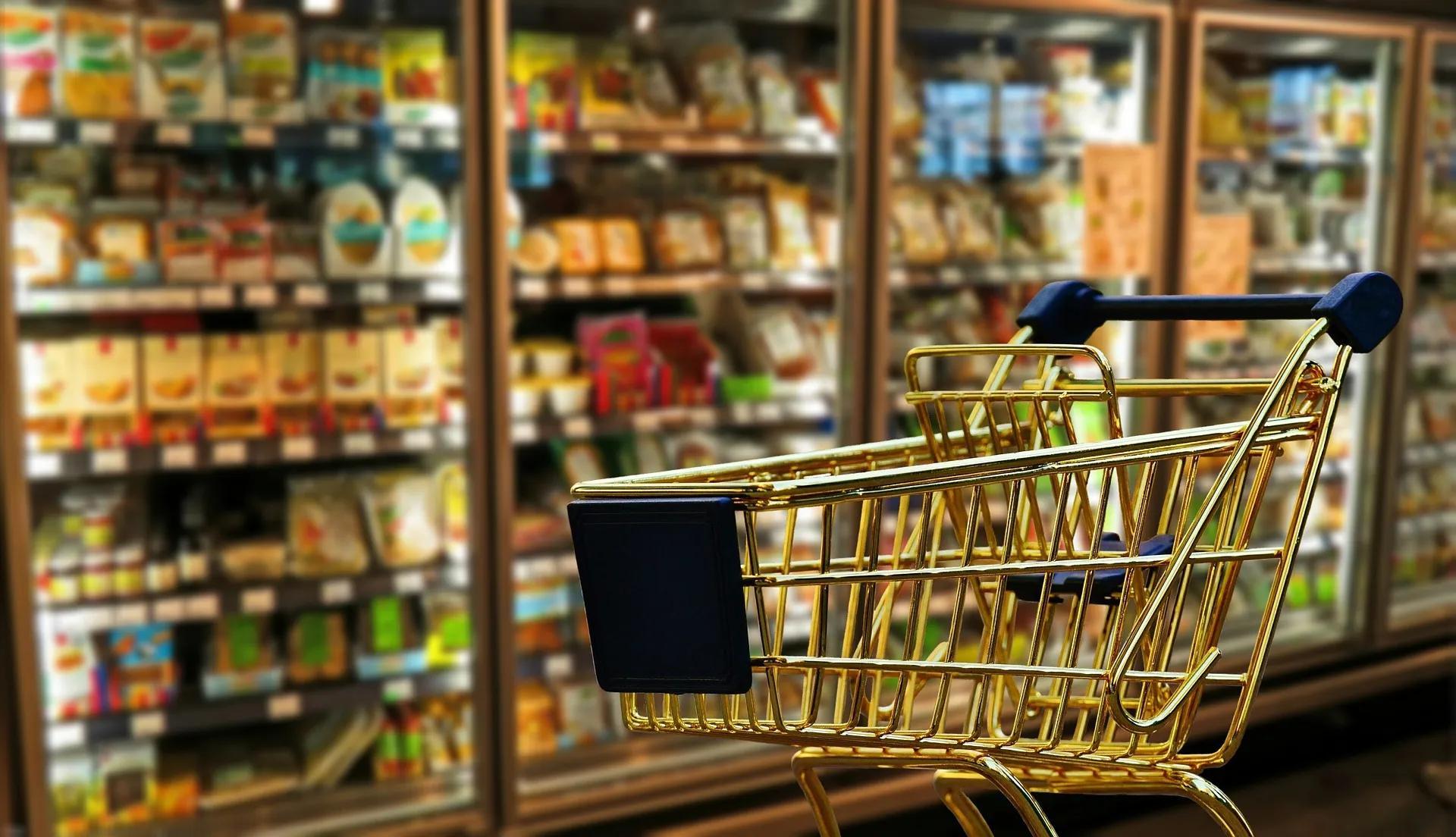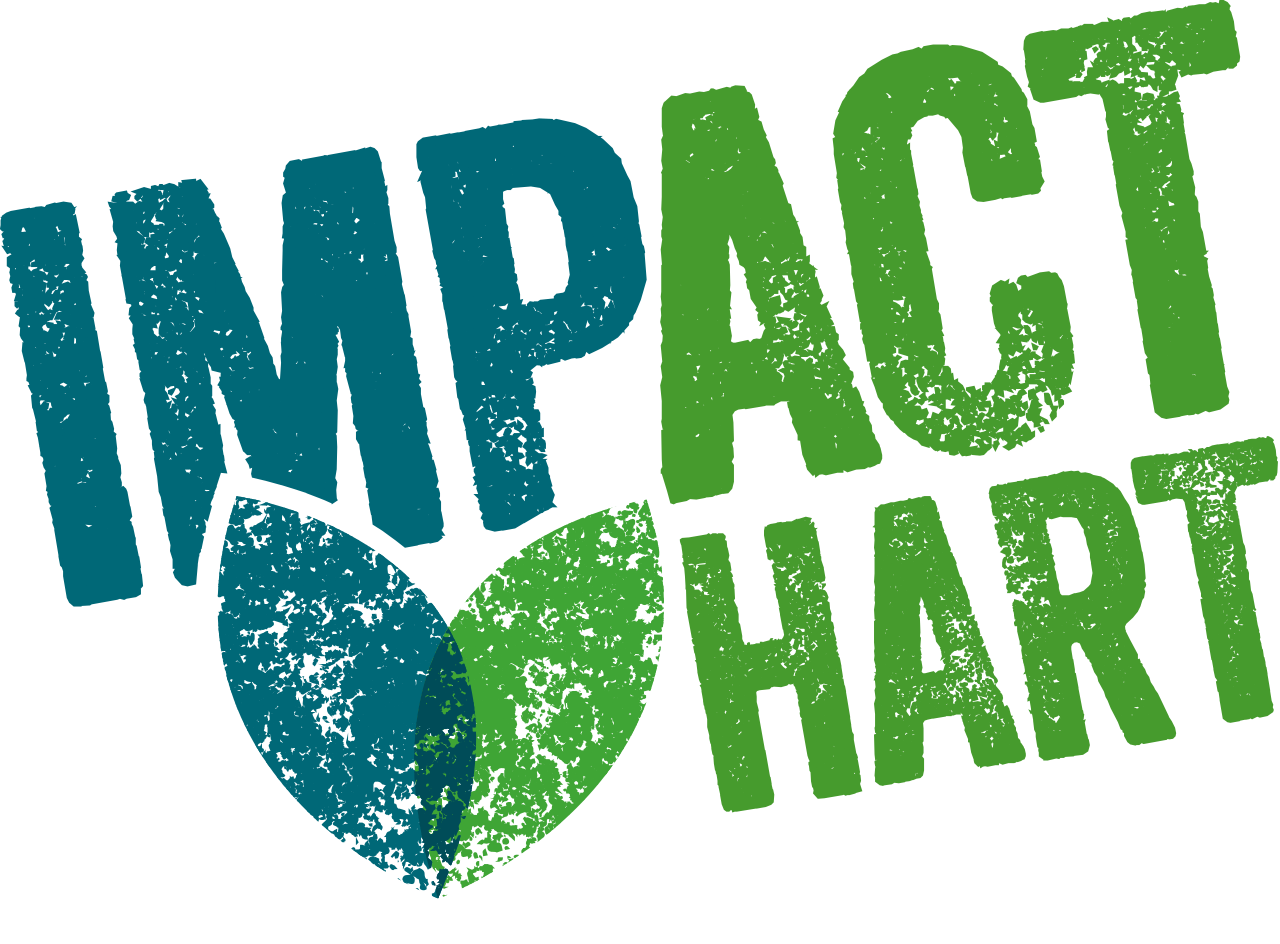
Shopping has become a sustainability minefield
Back in the day, our great-grandparents often walked to the shops and bought local produce in little or no packaging.
Now we travel to the supermarket by car and buy heavily packaged products from all over the world. Or we shop online and make them come to us.
Shopping is something we all have to do. But the things we buy, and how we buy them, can add tonnes of emissions to our carbon footprint.
Four ways to reduce the carbon footprint of your shopping
-
walk or cycle if you can – it's a zero-emissions way to travel!
-
buy less stuff online – delivery to your home racks up the carbon emissions
-
group your online orders – so you only get one delivery and not several
-
buy local goods if possible – they don't have far to travel, so transport emissions are lower

Everything in our shopping basket has an environmental impact.
Either our weekly shop or occasional purchases such as dishwashers and washing machines.
Many of these emissions are caused when goods are manufactured. In Europe, manufacturing industries emit 880 million tonnes of carbon dioxide equivalents every year.
And many more are generated in the supply chain. This is the network of warehousing, transport and delivery systems needed to get goods from the place they’re made to the people who buy them.
For a typical fashion or food retailer, only about 5% of its emissions are directly from manufacturing. Emissions generated in the supply chain can be 5 to 10 times higher.
Check out our case study on ethical shopping with Fleet Scoop
The massive rise in online shopping has supercharged supply-chain emissions.
Ordering online means you don’t have to drive to a shop. But the miles racked up by delivery vans, and the vast amounts of packaging used to protect your stuff, mean that the emissions rapidly mount.
There’s also evidence that people place more orders than they need to, particularly if they know they can return goods for free.
Rather than order three items at the same time to get one delivery, they’ll place three separate orders.
So the delivery van has to make three emission-belching journeys to their home instead of one.
Next section: The way you handle your waste


